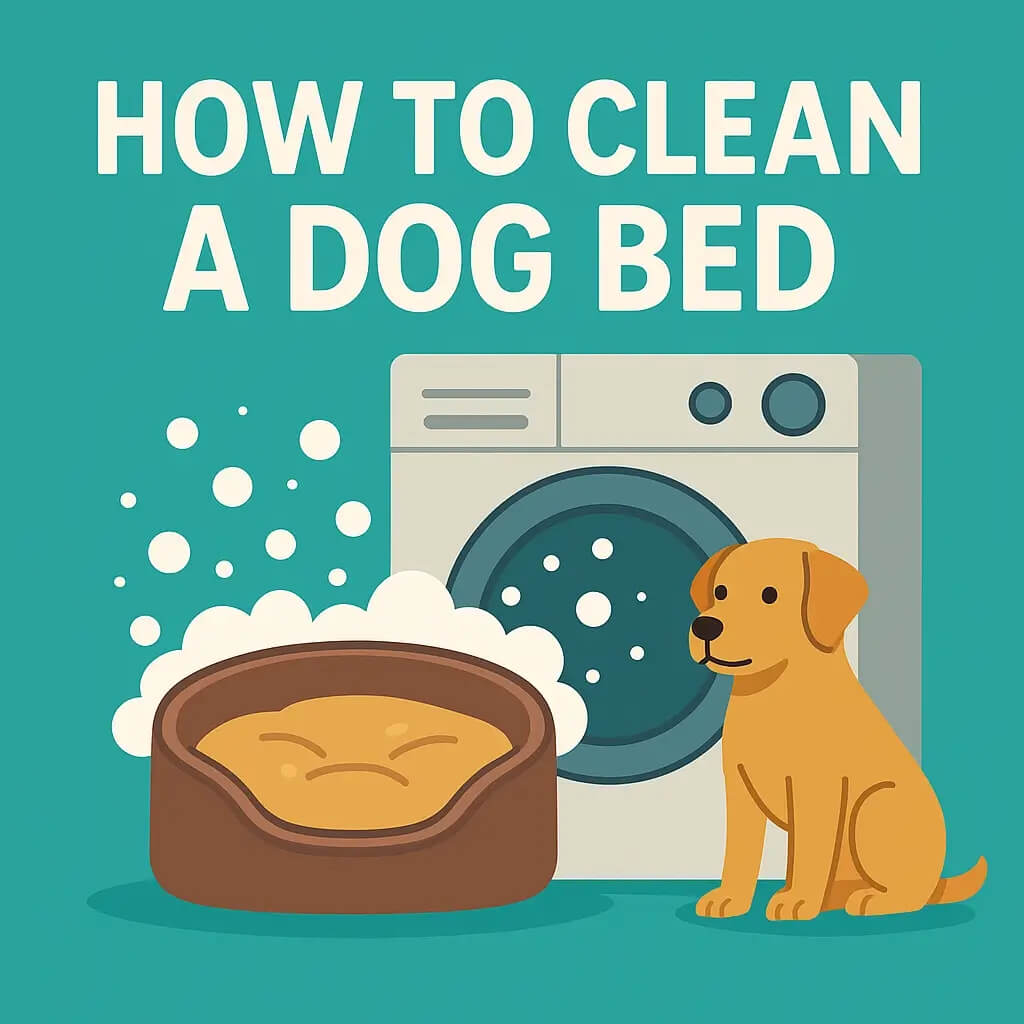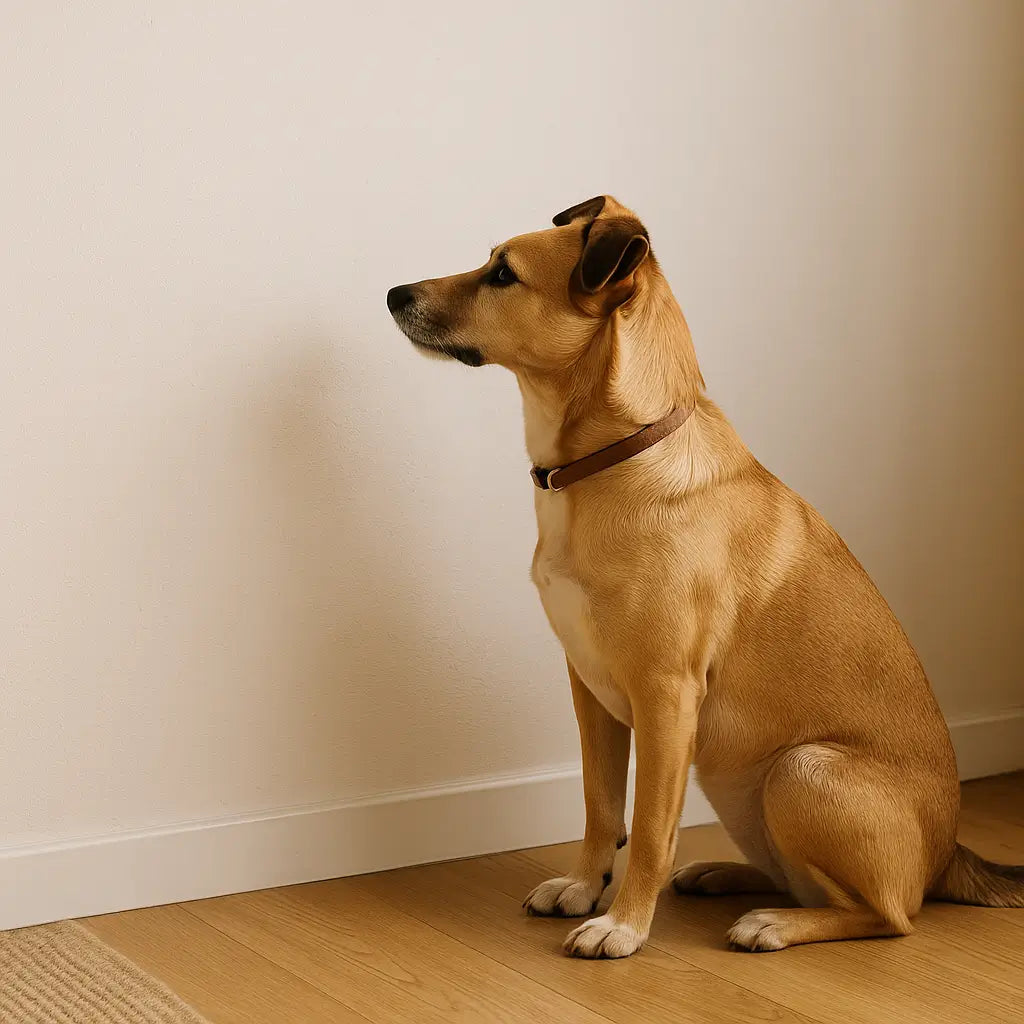When a dog’s upset stomach strikes, the culprit is often something simple—like gobbling greasy dog table scraps or switching to a new food too fast. The dog eats faster than its digestive system can cope, and you see loose stools, gas, or plain old stomach upset. Other times, the cause hides deeper in the digestive tract: intestinal parasites such as Giardia can trigger watery diarrhea, while food allergies and inflammatory bowel disease inflame tissues and bring chronic belly grumbles. A U.S. study found that 8.3 % of veterinary visits involve “unexplained vomiting and diarrhea,” showing how common tummy trouble really is (Open Journal of Veterinary Medicine study). Paradoxically, even motion sickness on car rides or anxiety can spark a dog’s stomach ache. Knowing the broad range—from scarfing “people food” to life-long disease—helps pet parents spot patterns early and act fast.
Quick Check
Before you panic, do a 60-second home check. Feel the gums: healthy pink = good, pale or blue means severe signs. Test skin on the neck; if the “tent” stays up, your dog hydrated level is low. Take the dog’s temperature (101–102.5 °F is normal). Note any abdominal pain, repeated heaving, or bloody diarrhea—all “go-now” signals. The American Veterinary Medical Association first-aid guide explains that pets showing two or more red flags need an immediate vet visit. If your pup is just droopy with mild symptoms, you can often treat at home for a day; but sudden weight loss, collapse, or a swollen belly points to a life-threatening twist or bloat. When in doubt, snap a video of the episode and call your veterinarian; a quick physical exam can rule out obstructions or stomach ulcers.
First-Day Care You Can Do at Home
For a simple stomach upset, rest the gut first. Most vets advise a 6- to 12-hour food fast—water is fine, or offer ice chips to keep the sick dog comfortable. Next, serve a small bland diet: boiled, skinless chicken and plain white rice (a proven combo in the American Kennel Club’s bland-meal guide). Add a spoon of canned pumpkin for soluble fiber, or a dash of fresh ginger root/ginger powder to calm mild nausea. Clear bone broth or unseasoned baby food (meat-only) also works for sensitive stomachs and helps support healthy digestion. Keep portions small—about ¼ cup per 10 lbs. bodyweight every three hours—and monitor vomiting and diarrhea frequency. If your dog’s symptoms persist past 24 hours, or you see loose stools turning watery, schedule that vet visit.
What to Feed Next Week
After day one, gradually increase the bland food while mixing in your regular dog food—start 75 % bland / 25 % normal, then flip the ratio every two days. Opt for limited-ingredient or “easy to digest” formulas that list a single protein (e.g., salmon) and no artificial dyes. Check the FDA pet-food recall list before buying a new bag; contaminated feeds have caused outbreaks of bacterial infections and gastrointestinal upset in other dogs. To support healthy digestion, sprinkle a probiotic supplement over meals and keep fresh water nearby. If your pup has had repeat stomach problems, ask about hypoallergenic diets—eliminating beef, dairy, or grains may calm chronic stomach aches linked to food allergies. Track stools in a journal: color, firmness, and any stomach pain cues; patterns help your vet pinpoint an underlying cause faster.
Vet Treatment Toolbox
When home care fails, vets dig deeper. A thorough medical history plus blood tests can spot bacterial infections, anemia, or chronic digestive issues like inflammatory bowel disease. Imaging—X-ray or ultrasound—finds swallowed toys; one study showed ultrasound confirmed blockages in 97 % of cases, beating X-ray’s 70 % (Texas A&M Gastrointestinal Laboratory). In the clinic, IV fluids correct dehydration, while anti-nausea oral medications (maropitant) and antacids calm the dog’s stomach hurts. For severe symptoms, hospitalization may include feeding tubes or surgery to remove foreign bodies. Your vet may also prescribe prescription diets for stomach ulcers or motion sickness meds for travel-prone pups. Most important, follow-up: if your dog’s digestive system rebounds but loose stools return weeks later, re-check—repeat upsets can signal endocrine disease or tumors. Acting quickly turns a scary pup’s stomach issue into a short detour, keeping both you and your dog happy on your next adventure.
How to Stop Future Belly Woes
Keeping a dog upset stomach from coming back is mostly about smart habits. First, slow everything down. When a dog eats too fast it gulps air and food chunks, stressing the digestive system. Using a [slow-feeder bowl] reduces that risk and even lowers odds of life-threatening bloat. Next, skip greasy dog table scraps and ultra-processed human foods—these “certain foods” spark stomach issues and unneeded calories that strain hips and hind legs. Stick to “easy-to-digest” dog food or home-cooked bland meals that limit common food allergies.
Parasites matter too: routine dewormers and quick poop pick-up stop intestinal parasites like Giardia, a top cause of loose stools in U.S. dogs. Round out the plan with daily walks (exercise massages the gut and eases motion sickness), fresh water, and probiotic supplements—Cornell notes these can “support healthy digestion” and calm flare-ups. Tailor any add-on to your pup’s medical history and body size; a dog’s upset stomach depends on age, breed, and lifestyle.
FAQs
What home remedy helps a sick dog fastest?
With mild symptoms, offer ice chips, a 6-hour fast, then a chicken-and-rice bland diet plus a teaspoon of canned pumpkin. Call your vet if dog’s symptoms persist.
When is vomiting and diarrhea an emergency?
If you see bloody diarrhea, nonstop heaving, a swollen belly, or collapse—those are severe signs. The AVMA says head to the ER right away.
Can I give human medications like Pepto-Bismol?
Many human drugs harm dogs. Only dose what your vet prescribes after a physical exam; self-dosing can hide the underlying cause.
Is canned pumpkin safe every day?
Plain pumpkin is fine in spoon-size portions; the [American Kennel Club] says the fiber firms stool and eases stomach upset.
How do I keep my dog hydrated during tummy trouble?
Offer small bowls of water or low-sodium bone broth every hour. Severe dehydration may need clinic IV fluids.
Conclusion
An occasional dog’s stomach ache is normal, but repeat flare-ups signal bigger issues. Log every meal, treat, and symptom—the pattern often reveals the process food or stress that sparks trouble. Switch to “sensitive-stomachs” diets if chronic abdominal pain or weight loss appears; the AKC lists several vetted brands that are easy to digest. Keep dog feel safe at feeding time: small, frequent meals in a quiet spot cut gulping and soothe nerves.












